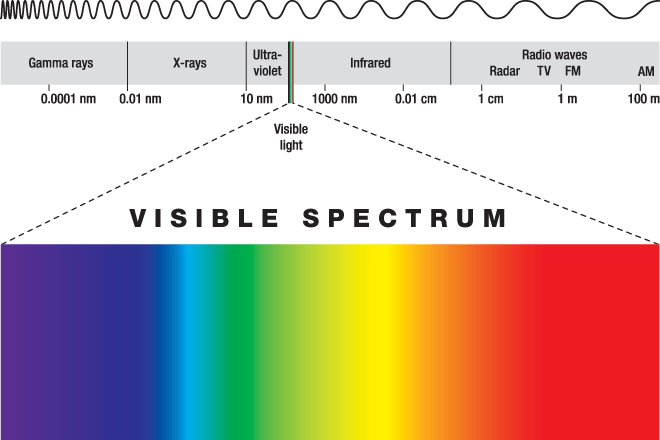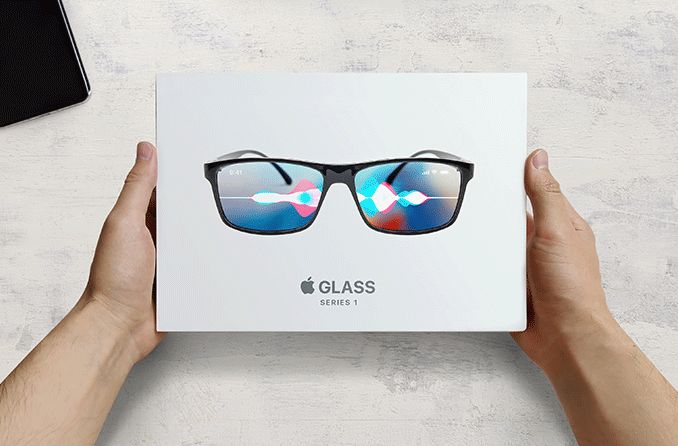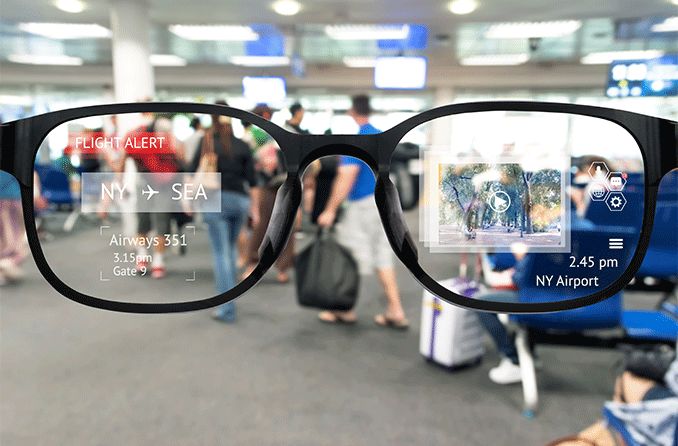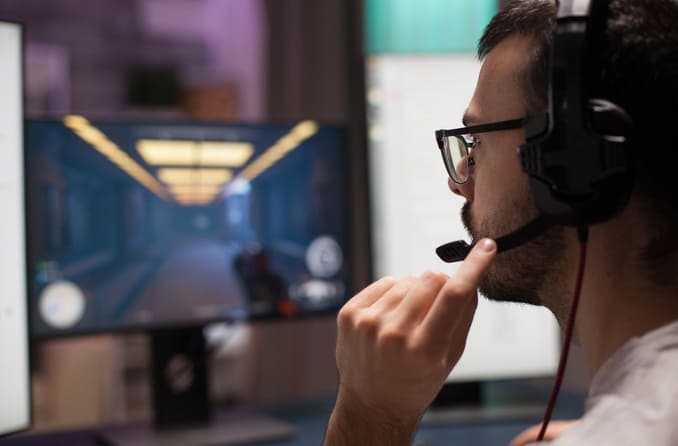What are night vision googles?
Night vision goggles are electronic devices that allow the wearer to see better in the dark. They offer a hands-free alternative to other night vision equipment. While consumer-grade products are available, night vision goggles are often used in military or law enforcement settings. These tend to be very expensive and top-of-the-line models can cost thousands of dollars.
Night vision goggles (sometimes called NVGs) don’t usually have magnification, so the image distance you see is similar to what it would be to your unaided eyes. They cover both eyes and give the wearer better depth perception than a camera or a device with a single eyepiece.
In a way, they are an artificial improvement of your own natural night vision.
Night vision binoculars, monoculars and cameras are generally more popular with the average consumer than goggles. These devices are often used for low-light security, hunting and wildlife viewing.
You might even own a night vision device without knowing it.
Types of night vision goggles
In general, there are two types of night vision goggles and gadgets: image intensification and thermal imaging. Each one lets you see in the dark, but in a completely different way.
Image intensification
Also called image enhancement, image intensification is what many people picture when they think of night vision. It’s the one where everything is coated in a green color.
Image intensifiers work like this:
- Light, which is made of tiny particles called photons, enters the image enhancing goggles. In low-light scenarios, this ambient light is usually gathered from the moon, stars or light bulbs in the area.
- The goggles change the way the light photons behave by changing them into electrons, then back into new photons. This process brightens, or intensifies, the light.
- A green color filter is sometimes used to make the amplified image easier and more comfortable for your eyes to see.
- The upgraded photons enter your eyes and the formerly low-light scene looks brighter.
This type of night vision makes low levels of light easier to see, but it can’t make something out of nothing. Image intensification does not work in complete darkness.
Thermal imaging
When a night vision device uses thermal imaging, it translates invisible heat into a picture or color we can see. Unlike image intensification, thermal imaging technology can work in total darkness — as long as something is giving off heat.

Humans can see up to 10 million colors, but those make up a very small slice of the electromagnetic spectrum.
All light and radiation has a place on the electromagnetic spectrum. The shorter the wavelength, the lower the radiation is on the spectrum. The wider the wavelength, the higher.
Our eyes can only see a small slice of this scale. This visible light is what we see all around us.
Thermal imaging, however, gives us a peek at infrared radiation (IR), which is normally invisible to the naked eye. Infrared radiation is associated with heat, and objects containing more heat tend to emit more infrared radiation.
Some thermal night vision units display different levels of heat as vibrant colors. Warmer objects display as warmer colors (reds, oranges and yellows), while objects with less heat show up as cooler colors (blues and purples).
Other thermal devices display the image in black and white; in these, hotter objects appear brighter and cooler objects look darker.
SEE RELATED: How does our eyesight work?
Night vision binoculars, monoculars, and scopes
Binoculars and monoculars may not have the hands-free perk of goggles, but they do offer something goggles do not: magnification.
Both binoculars and monoculars make distant scenes appear much closer, but exactly how much closer will vary between models.
The number of eyepieces is the biggest difference between night vision binoculars and monoculars. Binoculars are built for both eyes, while monoculars can only be used with one eye at a time.
Most consumer-grade night vision scopes are sold to recreational hunters, many of whom buy them to attach to the top of their hunting rifles. As with goggles, scopes can also be used in military and law enforcement settings and for other purposes.
Night vision binoculars, monoculars and scopes are all available in image intensifying and thermal imaging models.
For hunting, each of these three devices can be used to look for animals in low-light environments. Since animals naturally produce a lot of heat, equipment that uses thermal imaging can be particularly useful, especially when the animal is far away.
Other popular night vision devices
Consumer security cameras with built-in night vision seem to get more popular and more affordable every year. Many of these cameras take advantage of a different kind of infrared radiation.
Instead of “collecting” infrared light emitted as heat, modern devices often use their own infrared LED lights to see in the dark. This is known as active illumination.
Think of IR-light devices as an invisible flashlight. We may not be able to see the beam of infrared light as it leaves the device, but once it bounces back into the camera and is processed, its effect is similar to that of a flashlight.
Cameras aren’t the only products that use infrared illumination — other night vision products can use IR lights too.
READ NEXT: Night driving glasses: Help or hoax?






